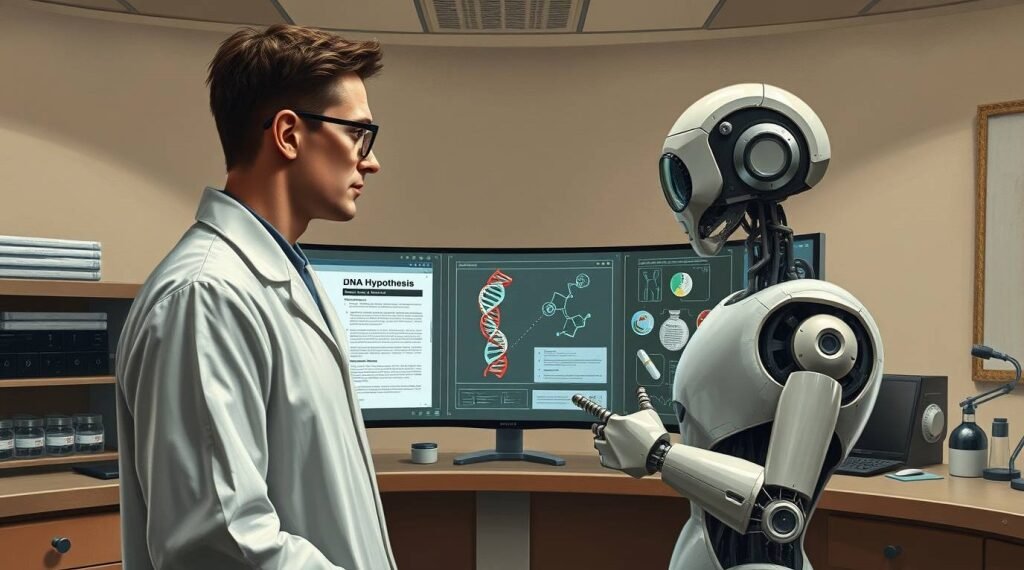Google is rapidly incorporating generative artificial intelligence into its various products and projects. This technology is being employed to summarize search results, interact with applications, and assess data on mobile devices, too. Although generative AI systems can yield surprisingly competent results, they often lack deep understanding, raising the question of their ability to engage in scientific investigation.
Google Research is now working to develop an AI system that acts as a “co-scientist” to assist biomedical researchers, based on a variant of the multi-agent AI framework of Gemini 2.0. This system aims to foster the generation of new hypotheses and to facilitate biomedical research; yet, it primarily operates as an advanced chatbot. Researchers collaborating with the AI provide objectives and references, and the AI then formulates possible research directions by processing data through interconnected models.
This AI co-scientist serves as a sophisticated brainstorming asset, enabling scientists to collaboratively conceive innovative research with an AI tailored for scientific use. Although generative AI systems encounter significant accuracy challenges, Google’s AI co-scientist seeks to improve output quality through internal self-tests. Feedback from actual scientists indicates that the proposals from this system demonstrate greater understanding and originality compared to those generated by less specialized AIs.
Despite its intriguing capabilities, designating this system as a “co-scientist” may be a marketing overstatement, given that current AI lacks the ability to conduct scientific research. However, it remains a valuable resource for researchers, aiding in the analysis and contextualization of extensive data and literature. Google aims to broaden access to this AI, inviting researchers to participate in the Trusted Tester program to access its user interface and integrate its capabilities into existing tools.
The ainewsarticles.com article you just read is a brief synopsis; the original article can be found here: Read the Full Article…



